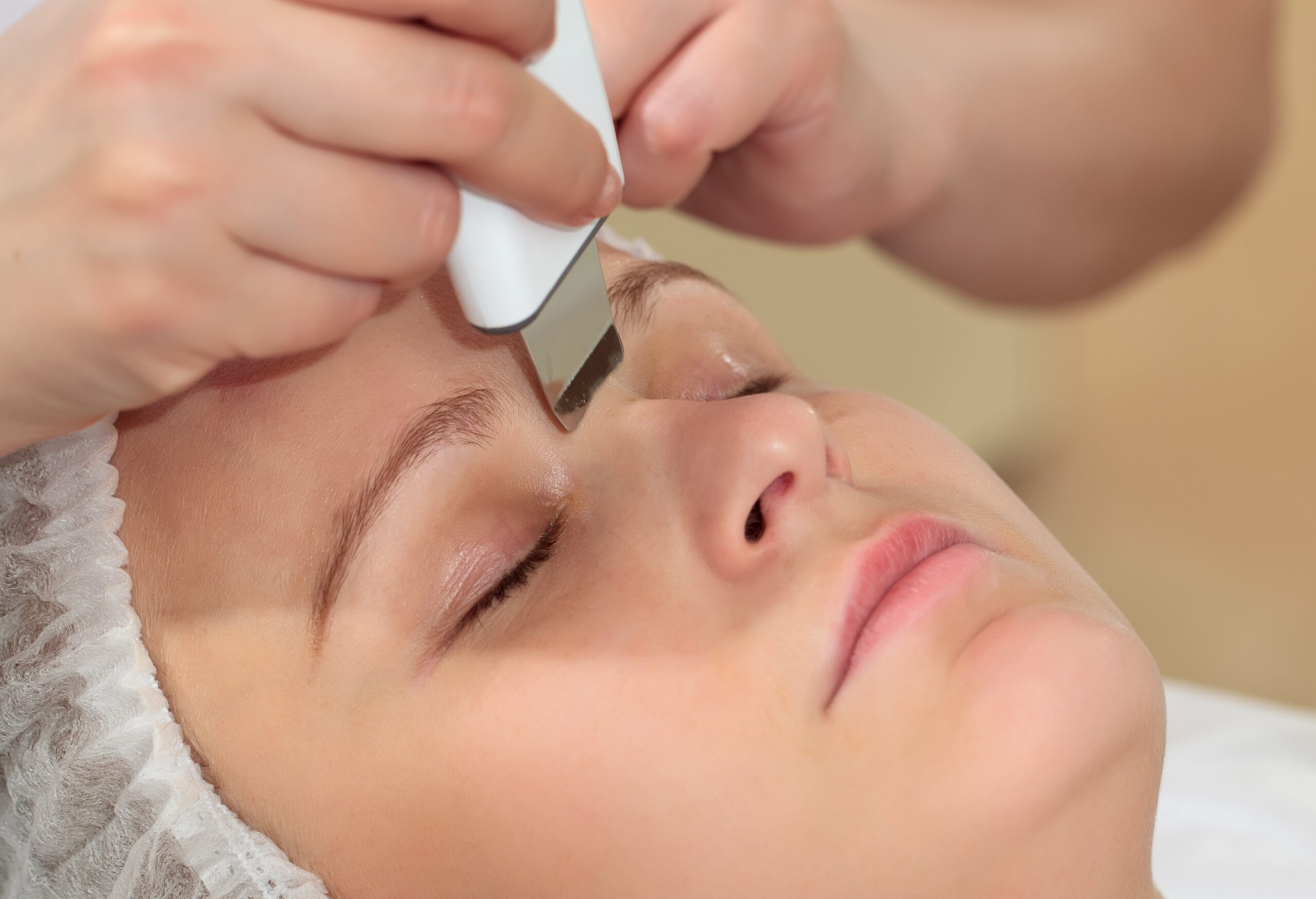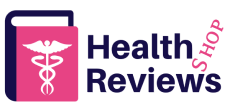Hormones are a crucial part of our body’s functioning, but they can also wreak havoc on our skin. For many people, hormonal acne is a frustrating and persistent problem that seems impossible to solve. In this article, we will explore what hormonal acne is, its causes, signs and symptoms, treatment options, lifestyle changes to reduce breakouts, common myths about hormonal acne debunked, and how to find relief from it.
Introduction to Hormonal Acne and Its Causes
Hormonal acne is caused by an imbalance in the levels of certain hormones such as testosterone, estrogen, and progesterone. These hormones stimulate the production of sebum, which is an oily substance produced by the sebaceous glands in the skin. When there is too much sebum, it clogs up pores and creates a breeding ground for bacteria, leading to inflammation and pimples. Hormonal acne usually occurs during puberty, pregnancy, menstrual cycles, or when taking birth control pills.

Signs and Symptoms of Hormonal Acne
The most common sign of hormonal acne is large, painful pimples that appear on the face, chest, back, and shoulders. These pimples may be filled with pus and can take weeks to heal. Other symptoms include blackheads, whiteheads, and small red bumps on the skin.
Treatment Options for Managing Hormonal Acne
There are several treatments available for managing hormonal acne. One option is topical medications such as creams, lotions, and gels that contain ingredients like benzoyl peroxide, salicylic acid, and retinoids. These products work by reducing oil production, killing bacteria, and exfoliating dead skin cells. Another option is oral medications such as antibiotics, anti-androgen drugs, and hormonal contraceptives. These medicines help regulate hormone levels and prevent breakouts.
Lifestyle Changes to Reduce Breakouts
In addition to medical treatments, making some lifestyle changes can also help reduce breakouts. Eating a healthy diet rich in fruits, vegetables, whole grains, and lean protein sources can improve overall health and reduce stress levels. Getting regular exercise, staying hydrated, avoiding smoking and excessive alcohol consumption, and getting enough sleep can also have positive effects on your skin.
Common Myths About Hormonal Acne Debunked
One common myth about hormonal acne is that it only affects teenagers. However, adult women can experience hormonal acne due to fluctuations in their hormone levels during menopause, premenstrual syndrome (PMS), or while taking hormonal contraception. Another myth is that washing your face frequently will clear up acne. While cleanliness is important, overwashing can actually irritate the skin and make acne worse.
Conclusion: Finding Relief From Hormonal Acne
If you suspect that you have hormonal acne, consult with a dermatologist who can provide guidance on the best course of action. With proper management and care, you can find relief from hormonal acne and achieve clearer, more beautiful skin.
